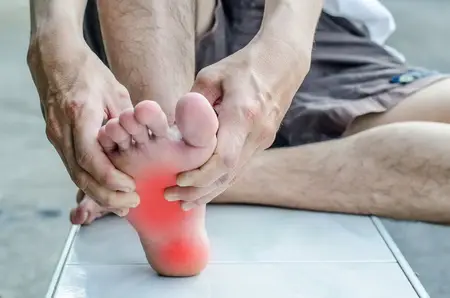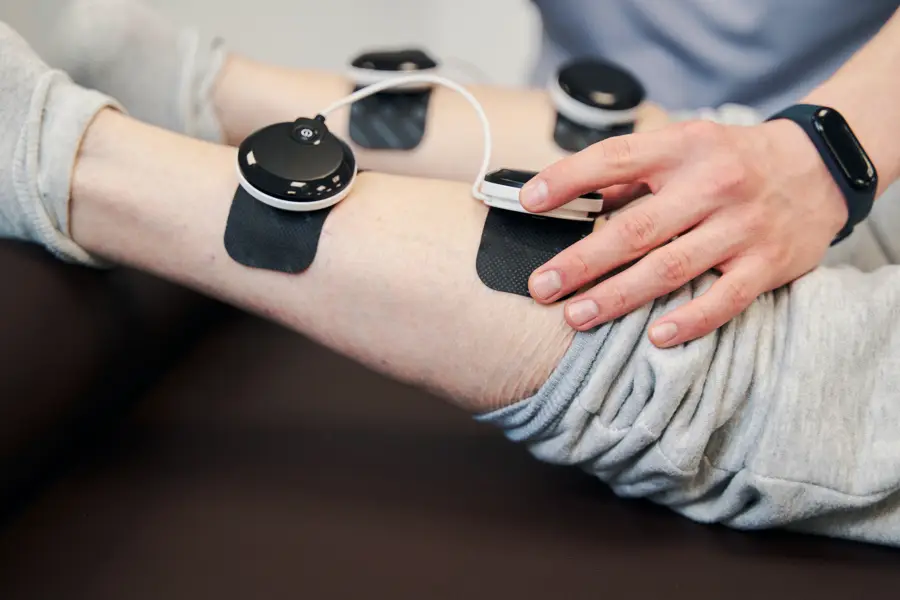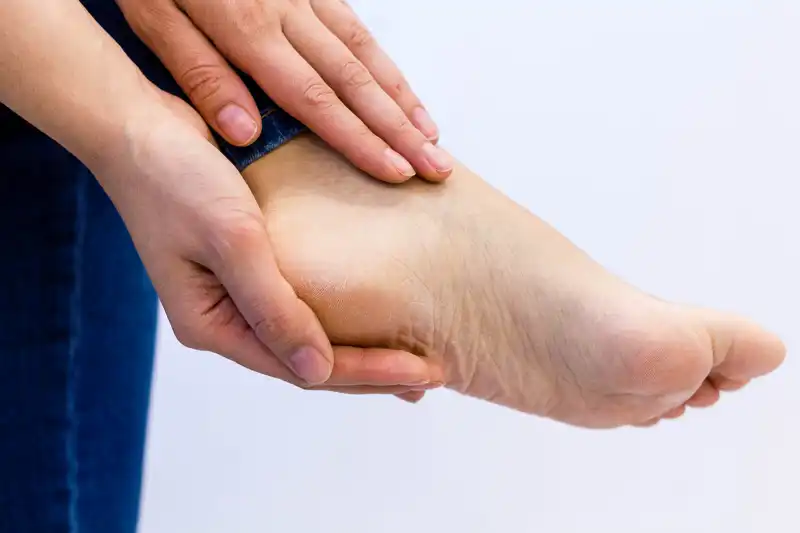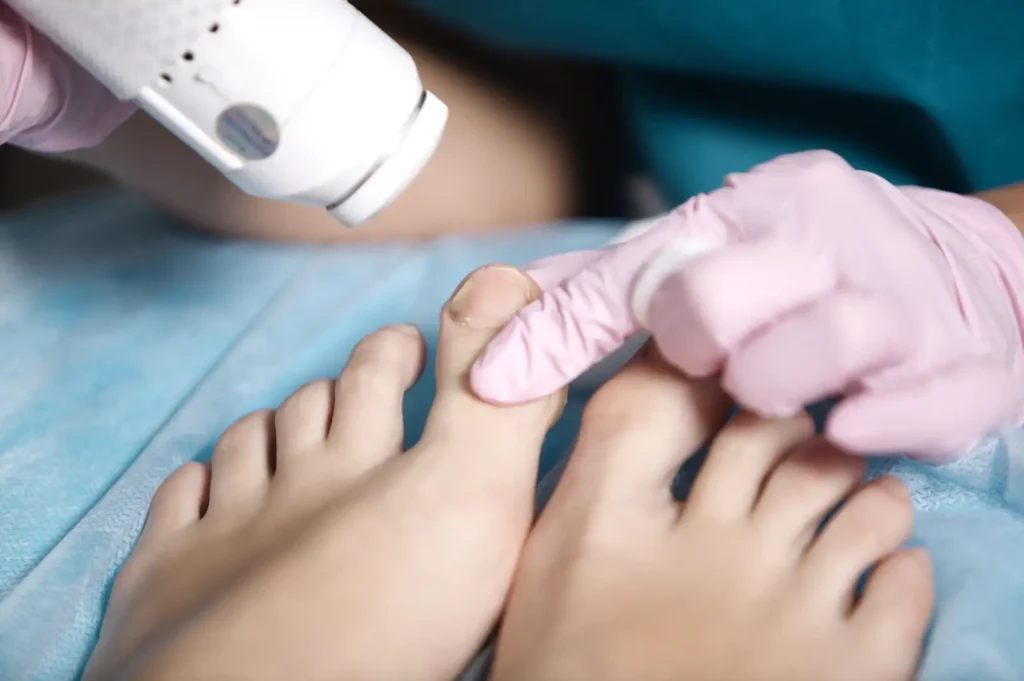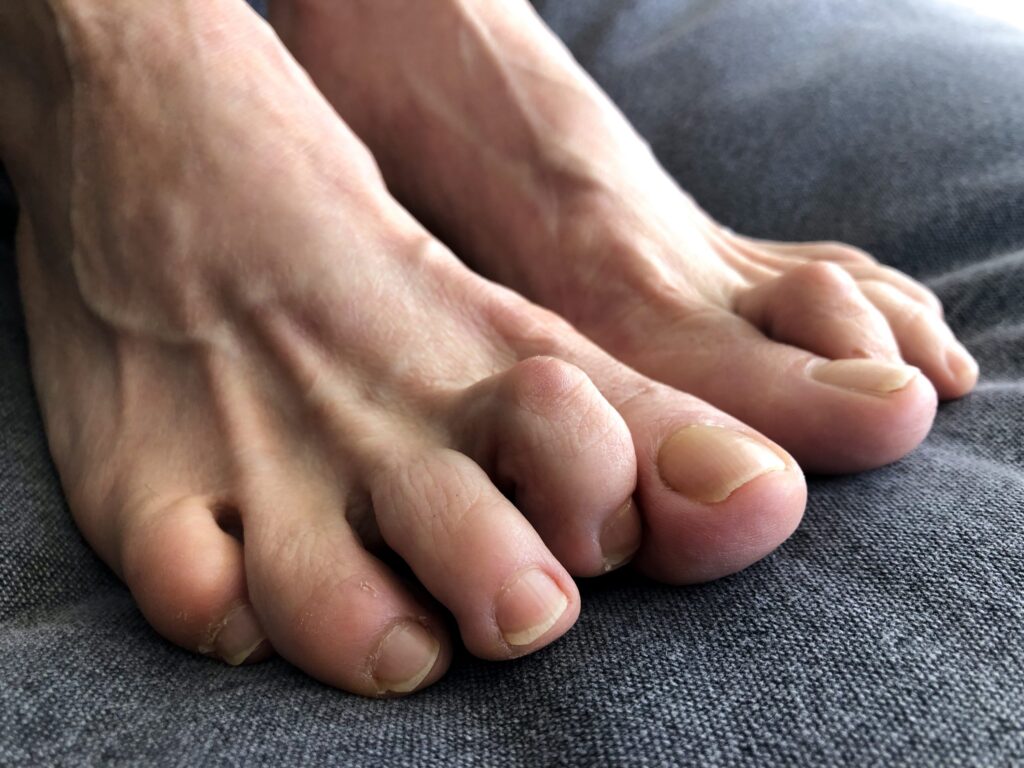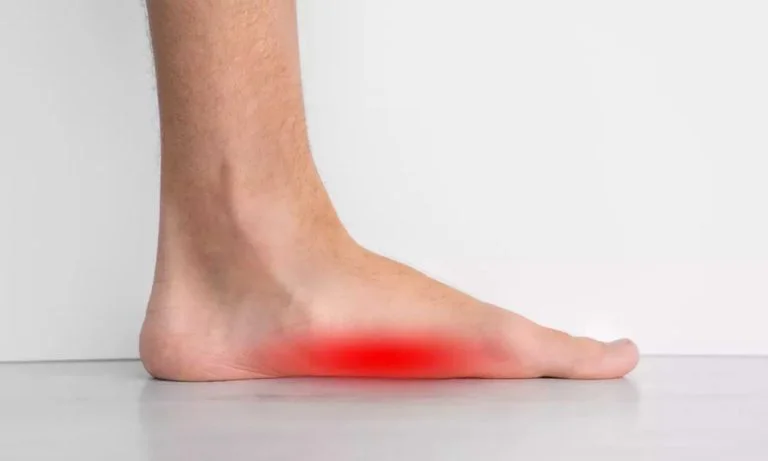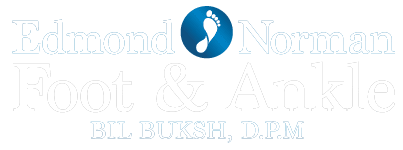Ingrown Toenail
What is an Ingrown Toenail?
An ingrown toenail happens when the corner or side of a toenail grows into the soft flesh of the toe, typically the big toe. This condition can cause pain, redness, swelling, and sometimes infection. It’s a common condition that can affect people of all ages, particularly those who wear shoes that don’t fit properly or who have toenails that are not trimmed correctly.
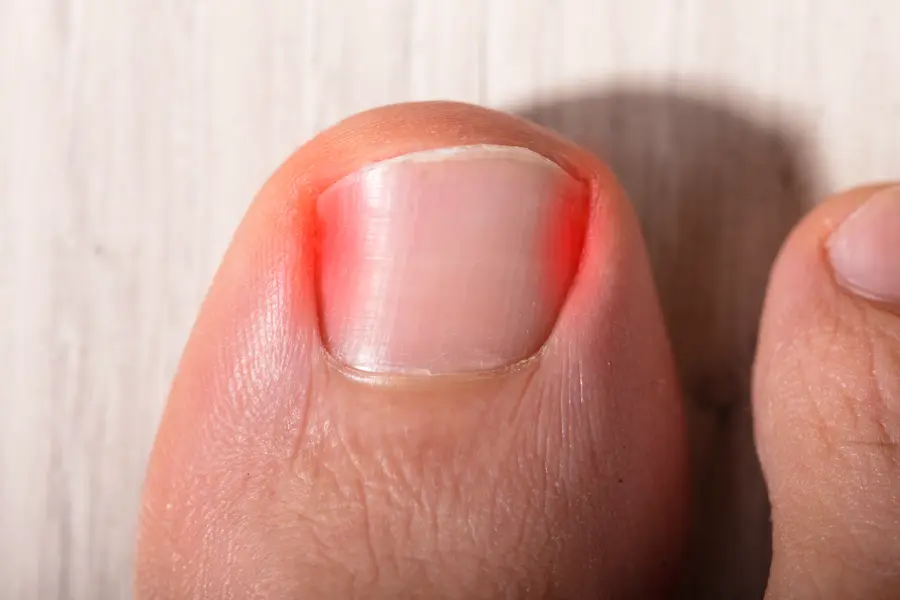
What are the symptoms of an ingrown toenail?
- Pain and tenderness along one or both sides of the toenail
- Redness around the toenail
- Swelling of the toe around the nail
- Infection of the tissue around the toenail in more severe cases


